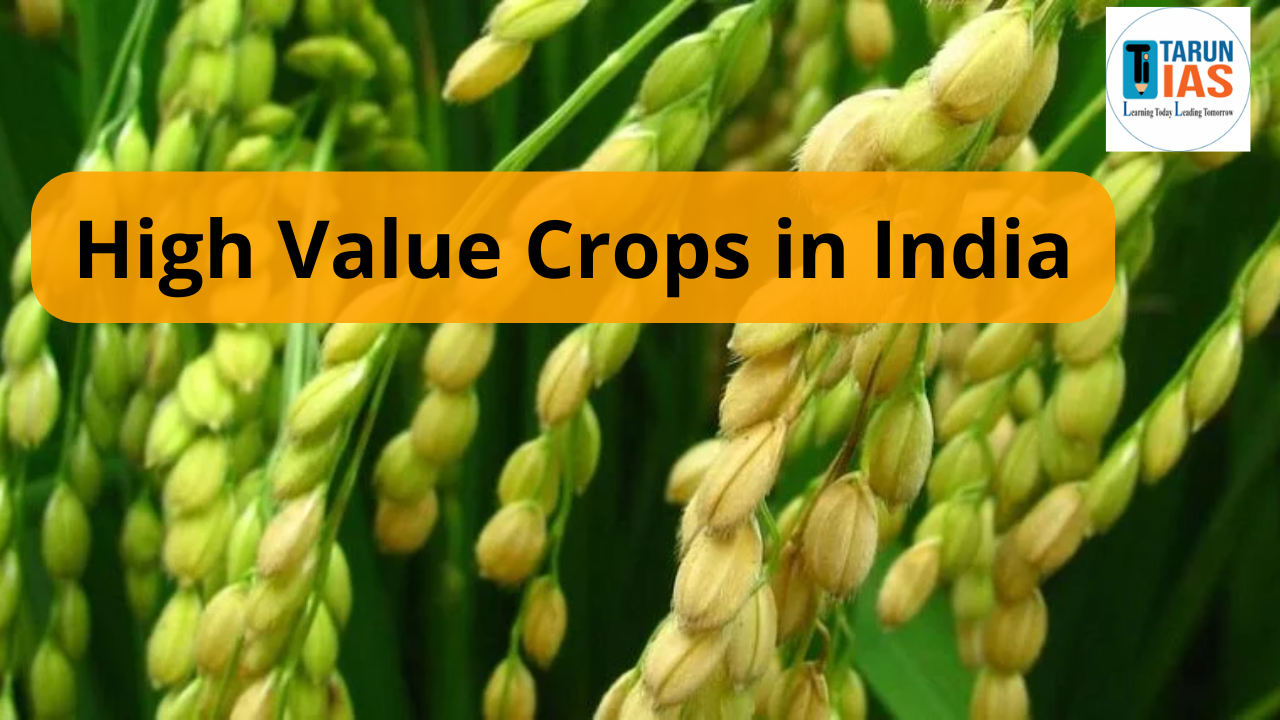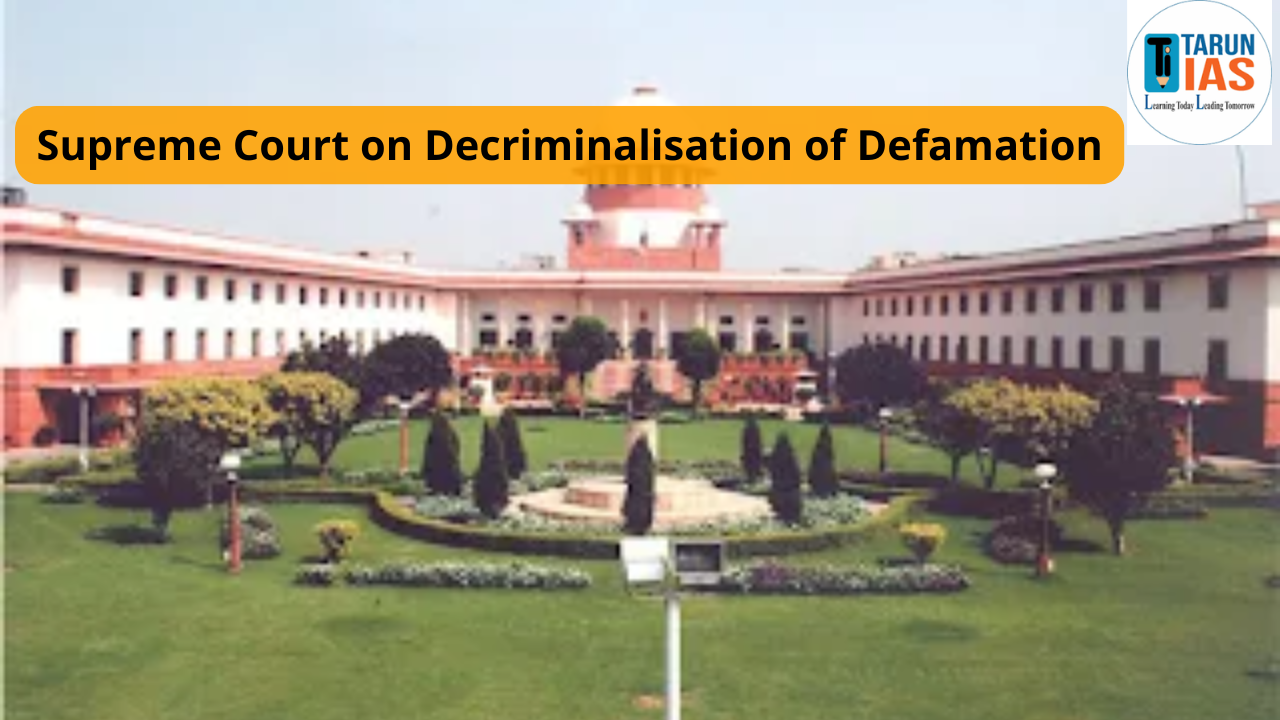The UPSC Prelims General Studies (GS) Paper 1 is the cornerstone of the Civil Services Examination. It tests aspirants on a range of topics such as History, Polity, Geography, Economy, Environment, and Current Affairs. A comprehensive understanding of the UPSC Prelims GS Paper 1 syllabus and an effective preparation strategy can significantly improve your chances of clearing this exam. In this article, we delve into the UPSC Prelims GS Paper 1 topics, subject-wise syllabus, preparation strategies, and question paper insights for 2025.
UPSC Prelims GS Paper 1 Details
The UPSC Prelims GS Paper 1 assesses candidates on subjects that test their general awareness and ability to understand complex socio-economic issues. Scoring well in this paper is crucial as its marks are considered for determining eligibility for the Mains. Knowing the UPSC Prelims GS Paper 1 syllabus and mastering it topic by topic is essential for success.
UPSC Prelims GS Paper 1 Syllabus Overview
This paper includes 100 questions and has a duration of 2 hours. Each question is worth 2 marks. Marks scored in this paper determine qualification for the Mains examination. The syllabus for GS Paper 1 includes:
- Current events of national and international importance
- History of India and Indian National Movement
- Indian and World Geography – Physical, Social, and Economic aspects
- Indian Polity and Governance – Constitution, Political System, Panchayati Raj, Public Policy, Rights Issues, etc.
- Economic and Social Development – Sustainable Development, Poverty, Inclusion, Demographics, Social Sector initiatives, etc.
- Environmental Ecology, Biodiversity, and Climate Change – Non-specialized knowledge required
- General Science
UPSC Prelims GS Paper 1 Syllabus Subject-Wise Breakdown
The UPSC Prelims GS Paper 1 subject-wise syllabus covers diverse topics. Here’s a detailed breakdown:
- History:
- Ancient History: Key events and cultural developments.
- Medieval History: Socio-political and cultural transformations.
- Modern History: The Indian freedom struggle, significant movements, and reforms.
- Indian Polity and Governance:
- The Constitution, Political System, Panchayati Raj, and Rights Issues.
- Geography:
- Physical Geography: Landforms, climate, and natural resources.
- Human Geography: Population, migration, and urbanization.
- Economy:
- Basics of Indian Economy: GDP, fiscal policy, and monetary policy.
- Current economic trends and government initiatives.
- Environment and Ecology:
- Biodiversity, climate change, and environmental conventions.
- General Science and Technology:
- Basic scientific concepts and their applications.
- Recent advancements in technology, space exploration, and biotechnology.
- Current Affairs:
- Events of national and international importance.
UPSC Prelims GS Paper 1 Topic-Wise Syllabus for 2025
For 2025, the UPSC Prelims GS Paper 1 topic-wise syllabus includes a mix of static and dynamic topics. Important areas include:
- History: Special focus on cultural heritage and freedom movements.
- Geography: Detailed study of physical, economic, and environmental geography.
- Polity: Emphasis on recent amendments, Supreme Court rulings, and governance schemes.
- Economy: Analysis of sustainable development, poverty alleviation, and budgetary policies.
- Environment: Study of climate change, biodiversity hotspots, and environmental legislation.
- Science and Technology: Focus on AI, space technology, and health sciences.
- Current Affairs: Deep analysis of recent events, reports, and government policies.
Preparation Strategy for UPSC Prelims GS Paper 1
An effective UPSC Prelims GS Paper 1 preparation strategy ensures a balanced approach to both static and dynamic sections. Follow these steps:
- Understand the Syllabus:
- Thoroughly analyze the UPSC Prelims GS Paper 1 syllabus and prioritize key topics.
- Use Standard Books:
- History: NCERTs (Class 6-12), India’s Ancient Past by R.S. Sharma, and A Brief History of Modern India by Spectrum.
- Geography: NCERTs and Certificate Physical and Human Geography by G.C. Leong.
- Polity: Indian Polity by M. Laxmikanth.
- Economy: NCERTs and Indian Economy by Nitin Singhania.
- Environment: Environment by Majid Hussain.
- Focus on Current Affairs:
- Read newspapers like The Hindu or Indian Express and follow monthly magazines like Tarun IAS Monthly.
- Practice Question Papers:
- Solve previous UPSC Prelims GS Paper 1 question papers to identify trends and improve accuracy.
- Revise Regularly:
- Consistent revision ensures better retention.
- Take Mock Tests:
- Test series simulate real exam conditions and help identify weak areas
UPSC Prelims GS Paper 1 PYQs
Studying the UPSC Prelims GS Paper 1 question paper from previous years is a vital part of preparation. It helps in:
- Understanding the types of questions asked.
- Identifying high-priority topics.
- Developing an effective time management strategy.
UPSC Prelims GS Paper 1
What is the importance of UPSC Prelims GS Paper 1 in the Civil Services Examination?
GS Paper 1 assesses general awareness and analytical skills. Its marks determine eligibility for the Mains examination, making it crucial for progressing in the UPSC journey.
What are the key subjects covered under the GS Paper 1 syllabus?
The syllabus includes History (Ancient, Medieval, Modern), Indian Polity, Geography, Economy, Environment, General Science & Technology, and Current Affairs.
How can aspirants balance static and dynamic topics effectively?
Static topics can be mastered through standard textbooks like NCERTs and reference books, while dynamic topics require consistent tracking of current affairs through newspapers, magazines, and government reports.
What role do previous years’ question papers play in preparation?
They help understand the exam pattern, identify high-priority areas, and develop a time-management strategy for the actual exam.
What is a recommended preparation strategy for GS Paper 1?
Key steps include understanding the syllabus, referring to standard books, staying updated with current affairs, solving question papers, taking mock tests, and revising regularly to strengthen weak areas.















